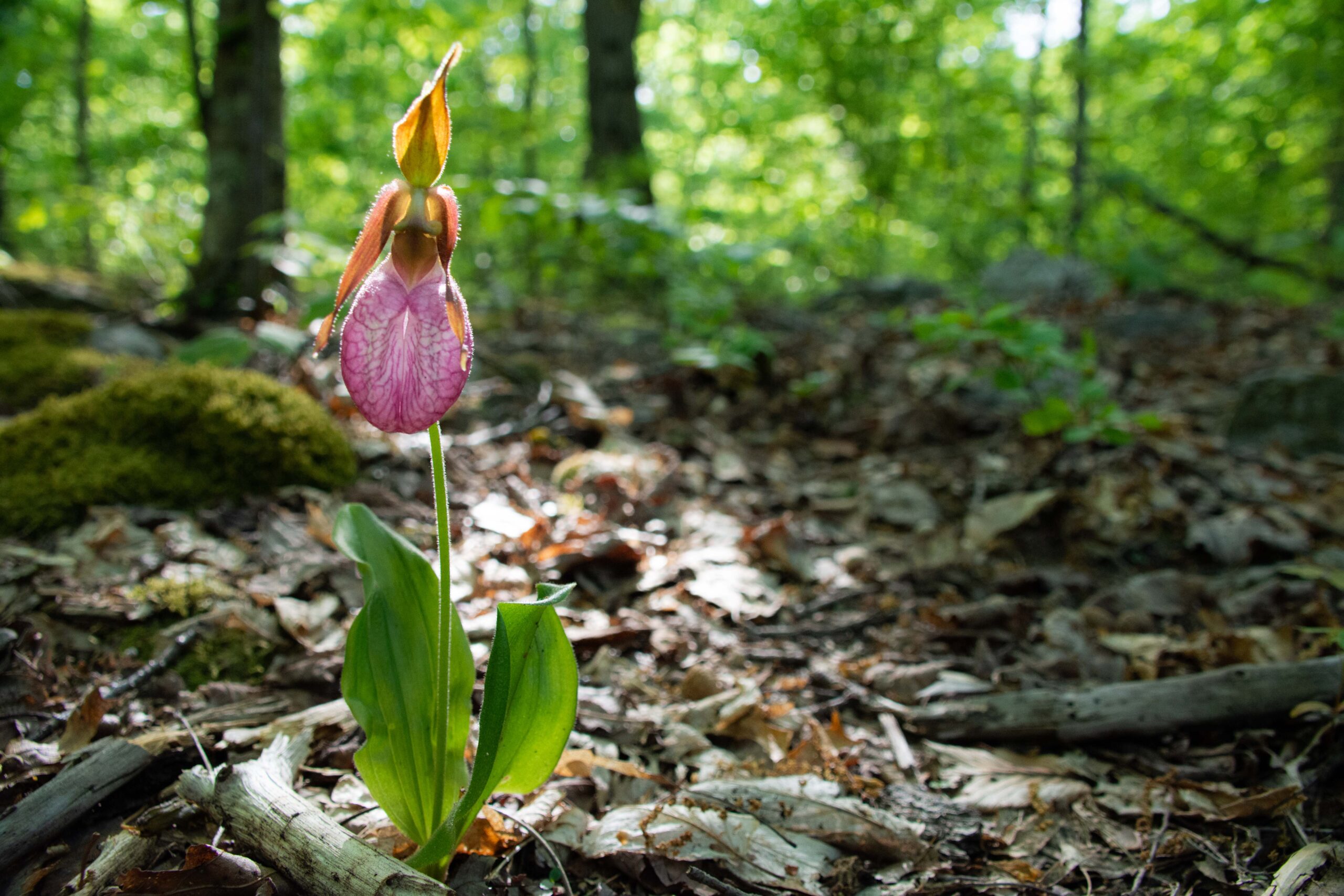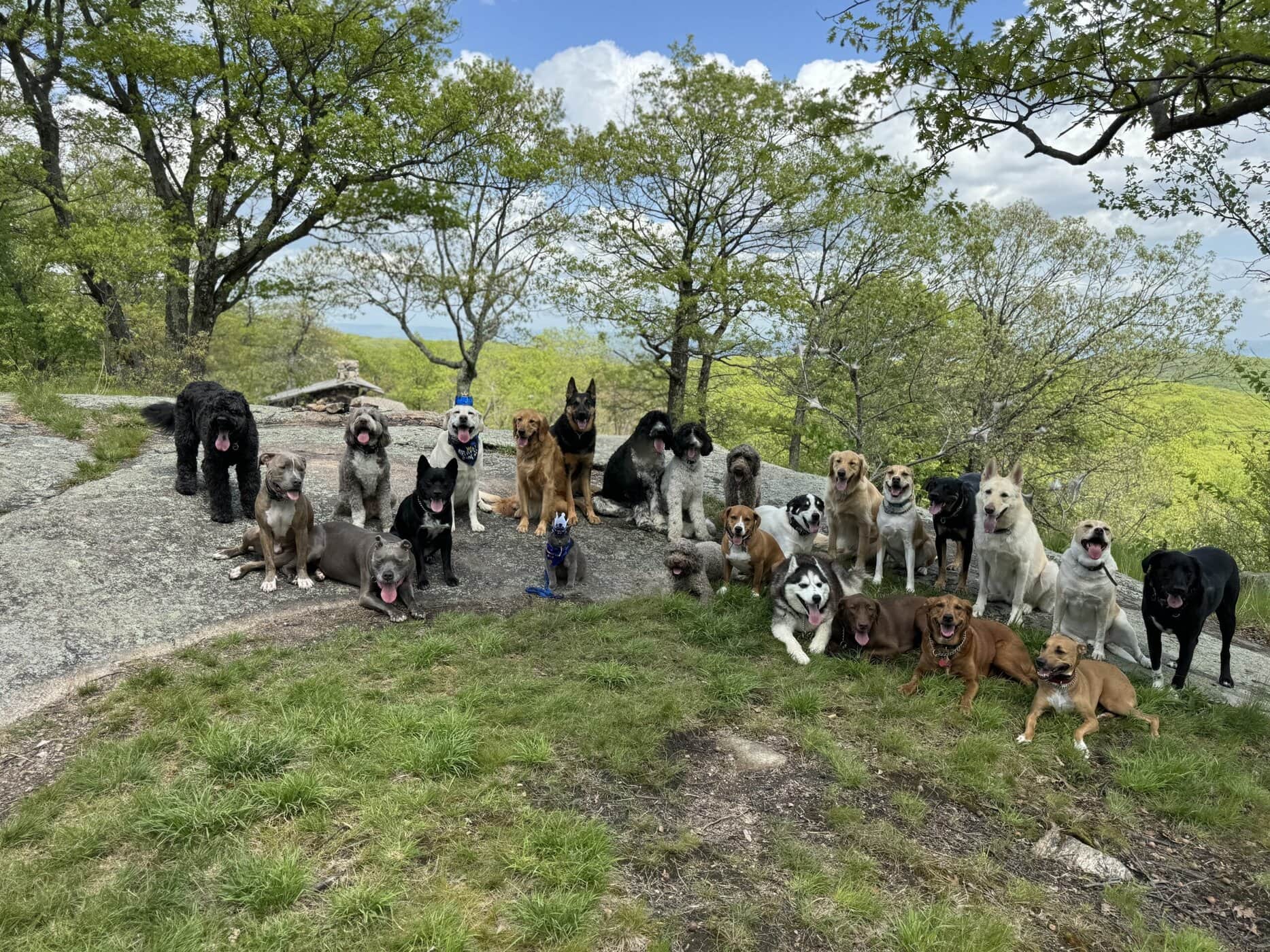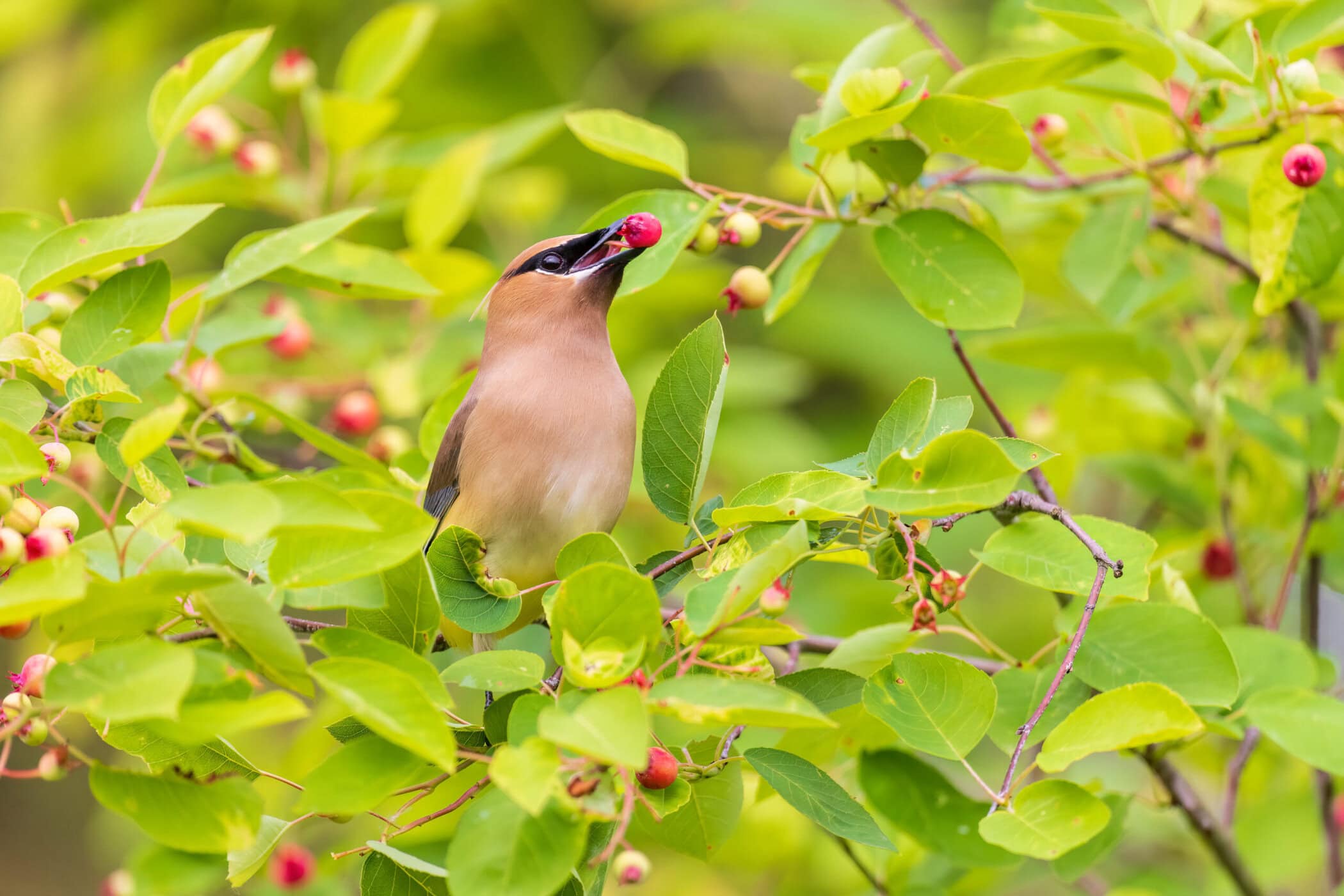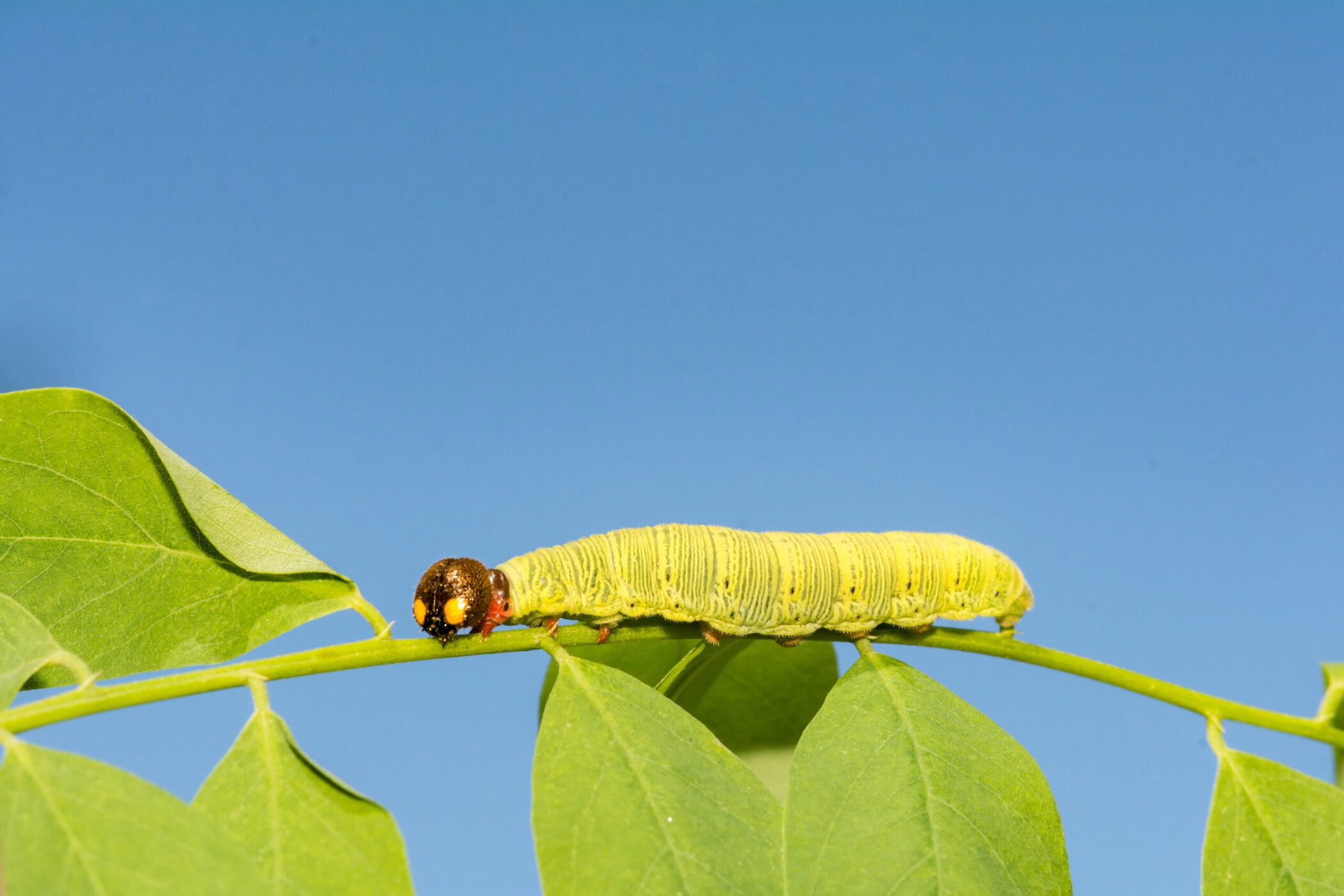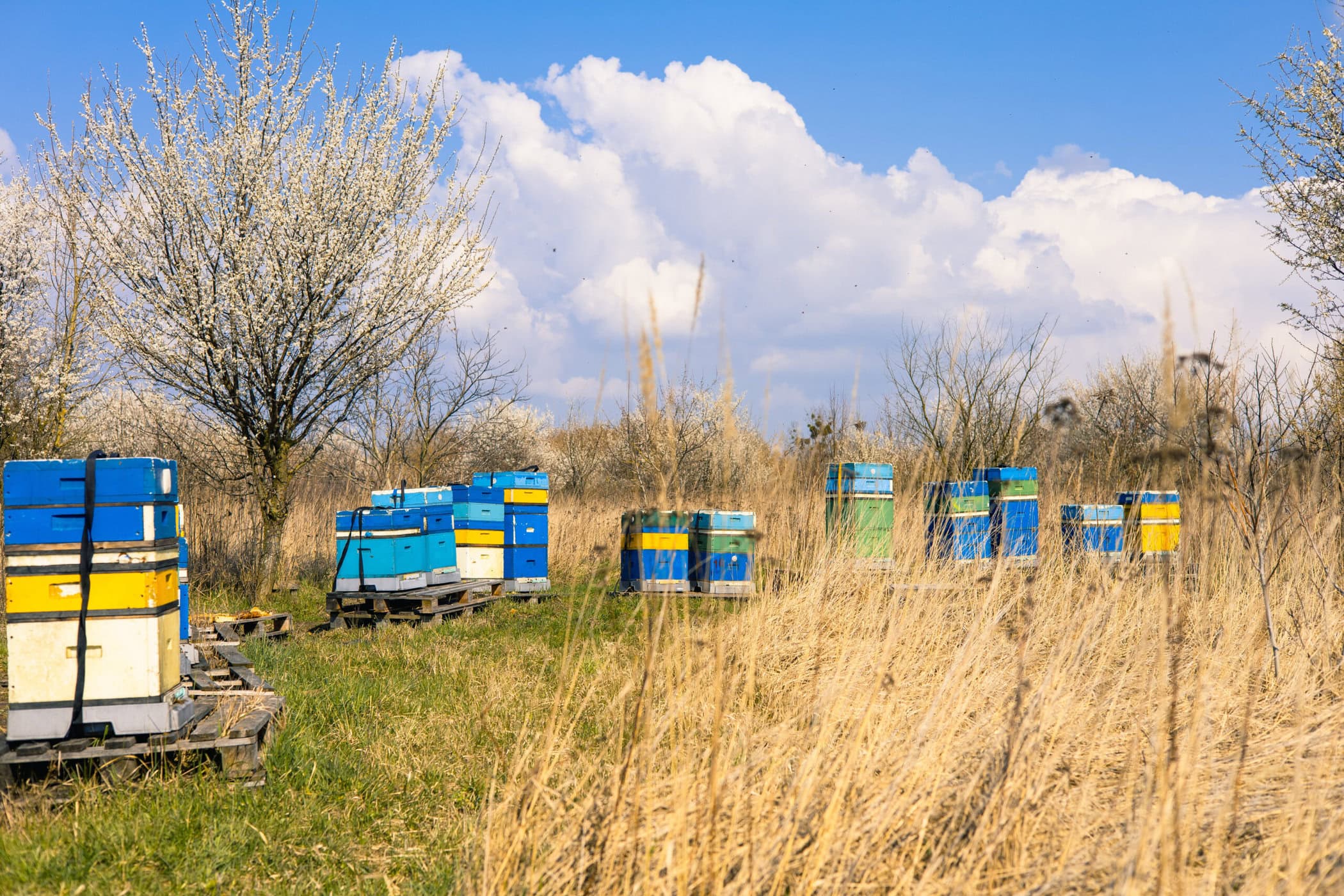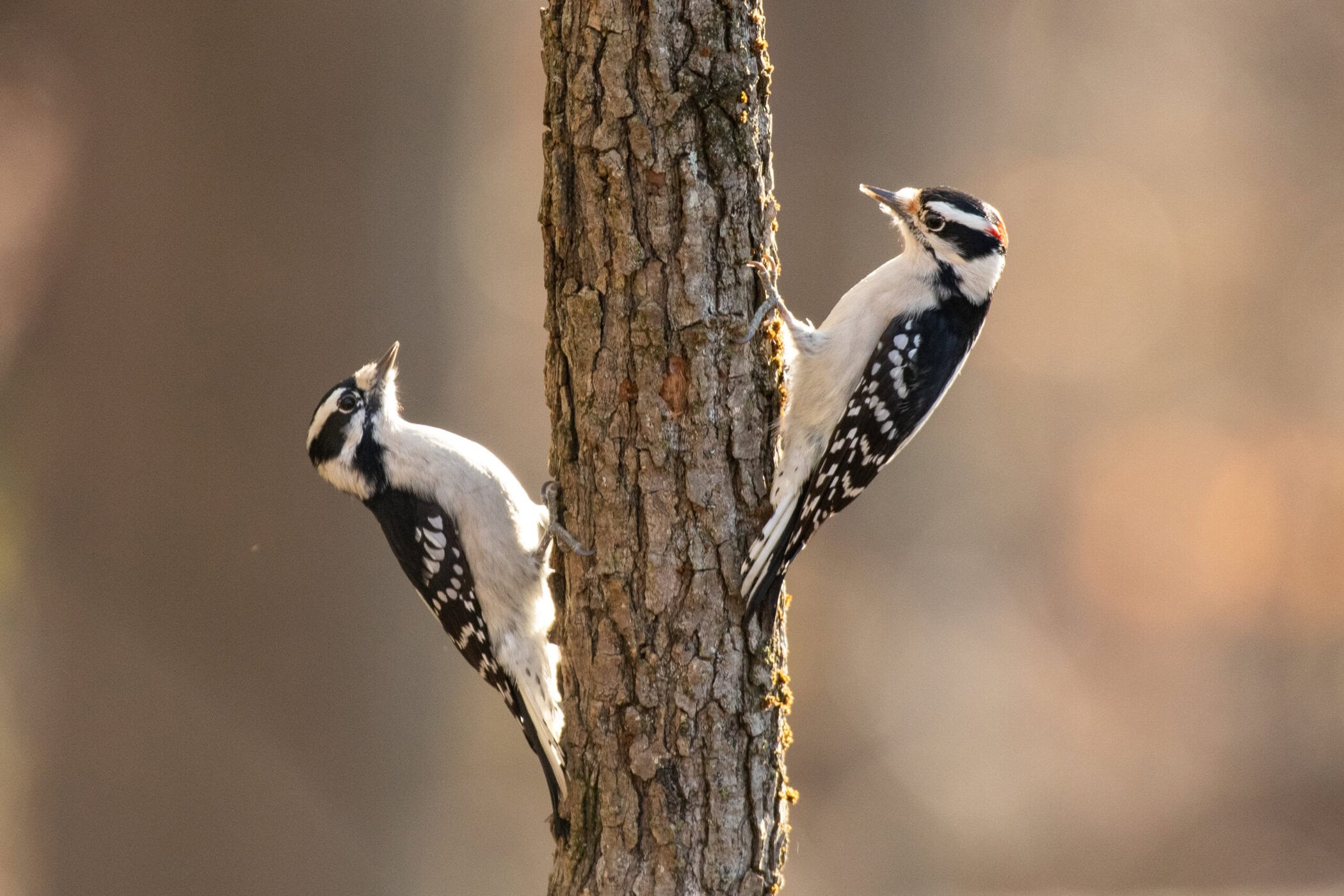Currently flocking in valley cornfields, wild turkeys lead extraordinary lives. We’ve assembled some fun facts about the habits and history of one of North America’s largest birds — including the amazing comeback they’ve made in New York State.
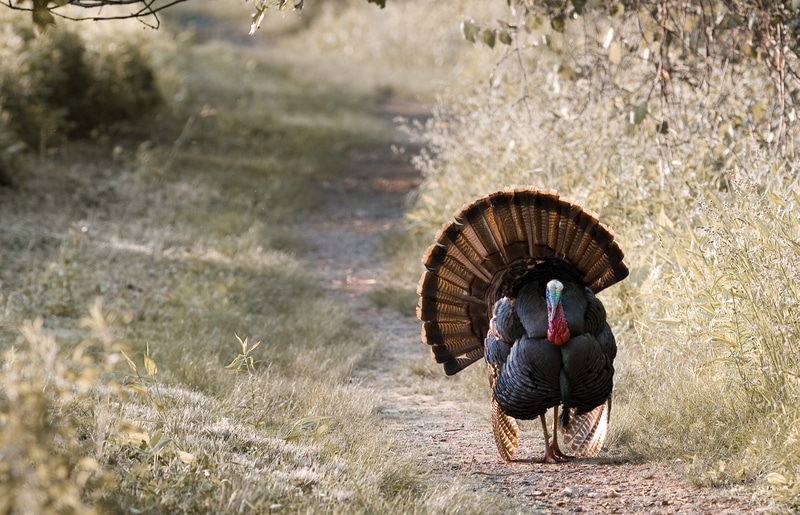
Fossils of wild turkeys found in the U.S. date back more than five million years. This means they may predate the earliest human inhabitants. Indigenous peoples hunted and trapped the birds, and started domesticating them as early as 1200 A.D. In addition to relying on wild turkeys for food, Native Americans used their bones to craft tools and ritual objects.
Their name comes from the country. Turkey was a destination on the route taken to ship the birds from the New World to European markets starting in the 1500s. When Europeans arrived in America, they brought wild birds, now domesticated, back with them.
It’s a myth that Benjamin Franklin lobbied for the wild turkey to be America’s national symbol. However, there’s no doubt he thought they stacked up favorably to the bald eagle. The turkey, Franklin wrote, is “a much more respectable Bird, and…though a little vain & silly, a Bird of Courage.”
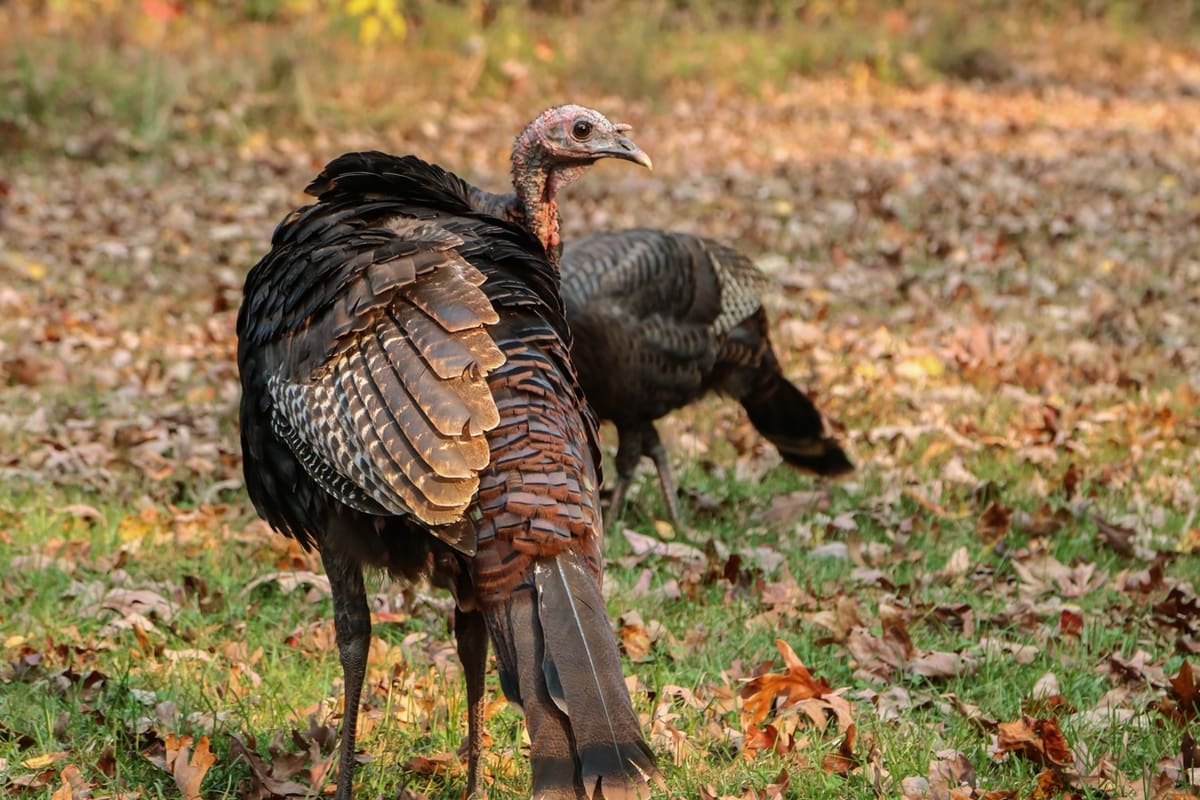
They have 28 distinctive calls. Along with the characteristic gobble, these sounds include puffs, clucks, and whines. One vocalization allows hens to communicate with unborn offspring. Presumably, this helps her synchronize the eggs’ hatching.
Turkey parenting is a hen-only affair. It lasts just a few days after hatching, until the young (poults) are able to forage for themselves. Poults are particularly vulnerable to predators for the first two to three weeks, until they learn to fly and can roost in trees with adults.
Wild turkeys have a “pecking order.” In their flocks, whose populations can surpass 200, male turkeys (known as toms) use their beaks to jab “inferior” birds. That’s just one way they impress females (hens) during the April-June breeding season. Toms also fan out their colorful tail feathers and strut around. Their goal is to breed with as many hens as possible.
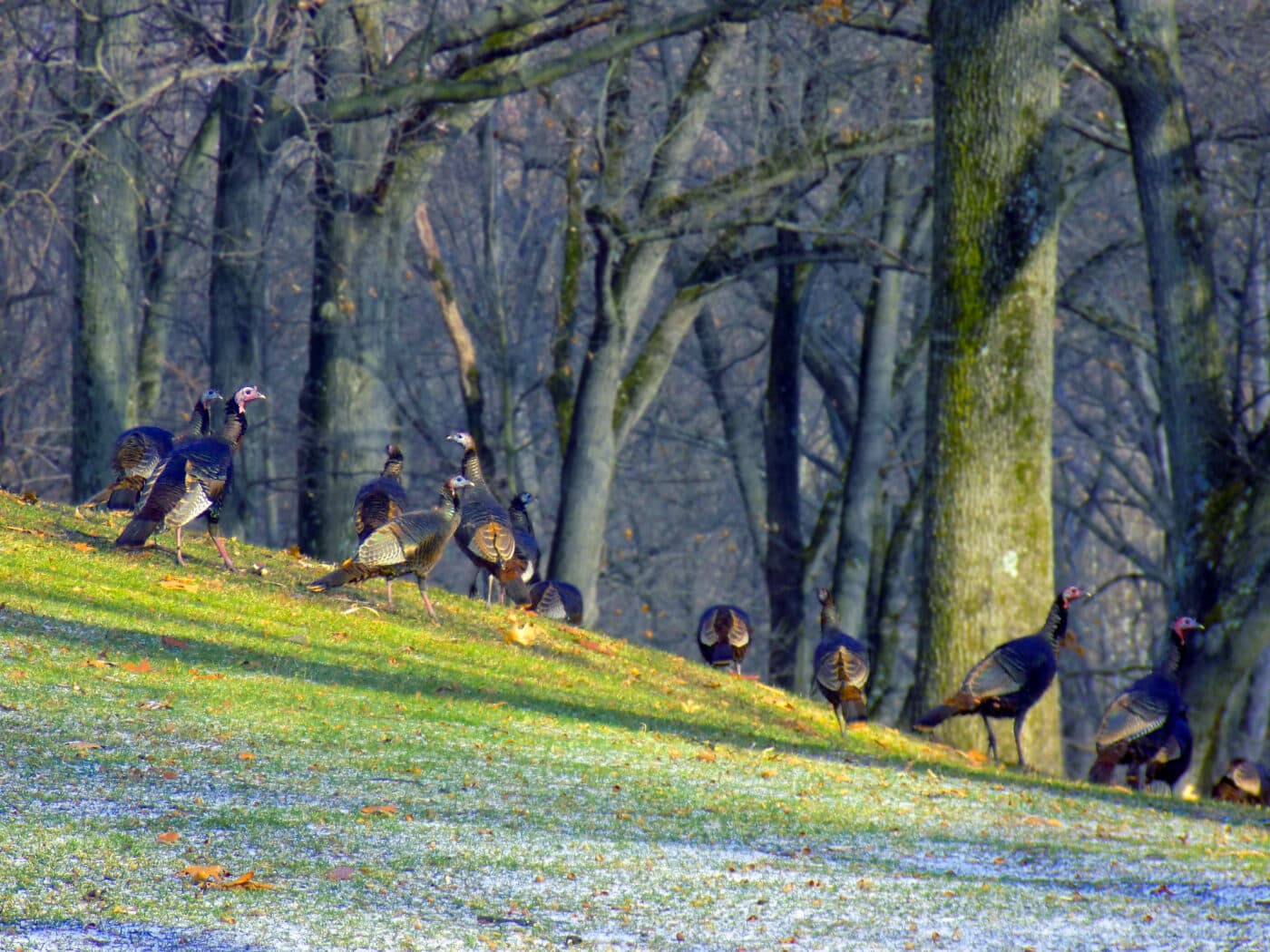
Their diet, which changes seasonally, includes more than 600 species of plants, nuts, and insects. In winter, they can scratch through half a foot of snow to secure food, although they’re capable of going two weeks without eating.
Toms sport one or more “beards.” Comprised of modified feathers, they hang down from the birds’ breasts and can grow up to 15 inches long. Biologists haven’t determined a purpose for the beards. Toms also have sharp spurs on the back of their legs. They grow longer as they age, another way of dominating younger birds.
Turkeys can book it. When the need arises, they’re capable of flying 60 mph and running 12 mph to escape predators such as coyotes, foxes, and great horned owls. Turkeys also can swim and have outstanding vision: They see in color and three times more clearly than humans’ 20/20.
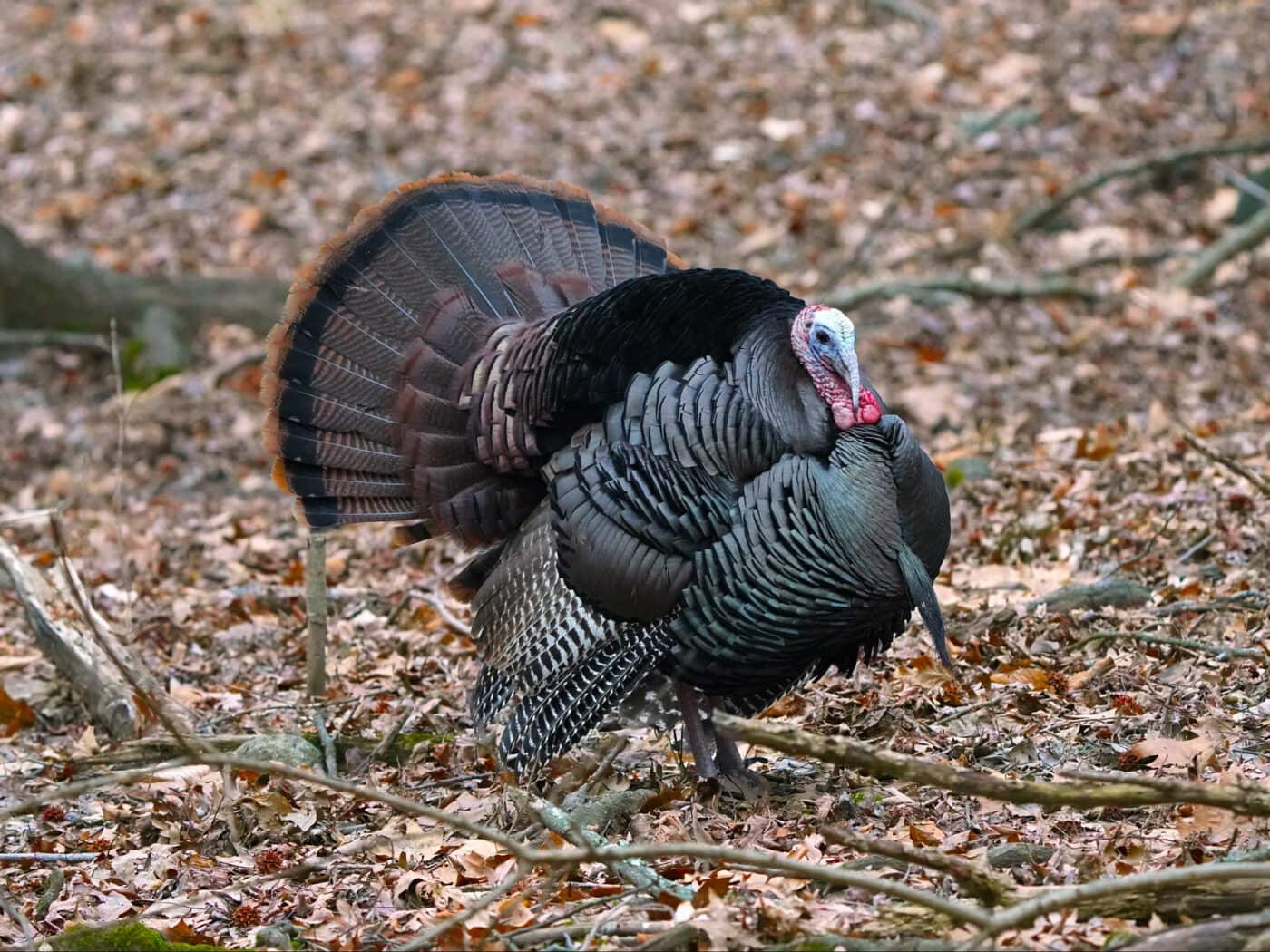
For a century they vanished from New York. Loss of habitat to farming led to the total disappearance of wild turkey from the state in the mid-1840s. They didn’t return until 1948, when some birds from Pennsylvania migrated northward. A decade later, wildlife specialists settled 1,400 wild turkeys around the state. Today, the population numbers around 180,000.


